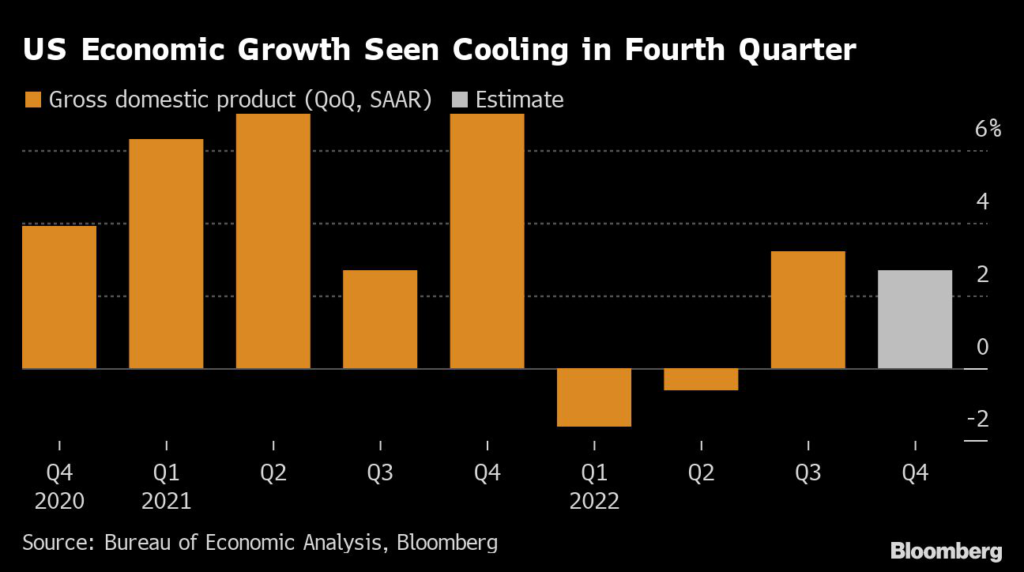The Federal Reserve and Bank of Canada can afford to pause interest-rate increases now because inflation pressures are easing rapidly, Bank of Montreal strategist Brent Joyce said.
(Bloomberg) — The Federal Reserve and Bank of Canada can afford to pause interest-rate increases now because inflation pressures are easing rapidly, Bank of Montreal strategist Brent Joyce said.
A soft landing in the economy is achievable, now that higher borrowing costs have slammed the brakes on housing and other rate-sensitive sectors, he said in an interview. Cooling inflation is showing up in data such as US producer prices, which fell in December by the most since the start of the pandemic.
The US and Canadian central banks “could very much stop now, hold their fire and let’s see what happens over the next six to 10 to 12 weeks,” said Joyce, chief investment strategist for BMO Private Investment Counsel Inc., an arm of the Canadian bank that manages money for affluent clients.
The Bank of Canada is expected to raise rates one more time at a decision Wednesday. Markets put high odds of an increase of 25 basis points, which would take the overnight lending rate to 4.5%. The Fed’s next decision is Feb. 1, and expectations are also for a quarter-point hike, according the median estimate in a Bloomberg survey. That would be the smallest Fed increase since March.
To boost rates even further would be to risk over-tightening, said Joyce, adding that he also understands why central banks would be reluctant to stop. Having been too slow to act as price pressures built in 2021, central bankers damaged their credibility as inflation-fighters. Now, after a year of rate increases, they may hesitate to change course when jobs are plentiful and wage gains are still strong.
Worst Fears for Global Growth May Be Subsiding: Eco Week Ahead
Canada’s labor market in December added more than 100,000 jobs, far exceeding economists’ forecasts, while the US gained 223,000. Inflation in both countries last month was well above 6%, but down from peak levels.
Joyce said that jobs and wages are lagging indicators, so it’s perilous for central banks to place too much weight on them. “If you’re waiting for the wage numbers and the employment numbers to soften, you’ve waited too long” to stop tightening, he said.
What Bloomberg Economics Says
December’s decline in the PPI — larger than all forecasts in a Bloomberg survey of economists — shows strong momentum for goods prices to fall. Fed officials — who had expected goods prices to decline — are likely to take an additional signal from the size of the drop. Goods disinflation in the first half of 2023 could drive headline CPI as low as 2.6% by June, in our view.
— Anna Wong, chief US economist
More stories like this are available on bloomberg.com
©2023 Bloomberg L.P.










